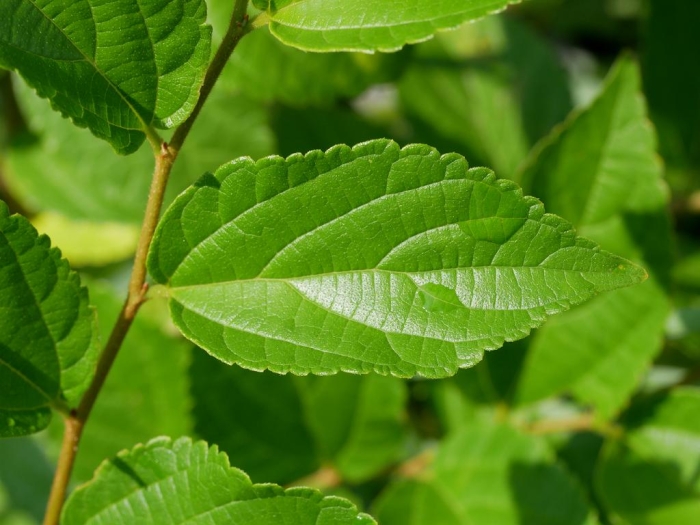Chinese Hackberry
(Celtis sinensis)
Chinese Hackberry (Celtis sinensis)
/
/

Keisotyo
CC BY-SA 4.0













































































Estimated Native Range
Summary
In cultivation, Chinese Hackberry thrives in full sun to part shade and prefers well-drained soils but can tolerate a range of soil types, including clay. It is drought-tolerant once established, making it a low-maintenance choice for gardeners. While it has a reputation for being resistant to pests and diseases, it can occasionally suffer from problems such as cankers or root rot. Gardeners should be cautious about planting Celtis sinensis outside its native range due to its potential invasiveness; it can spread aggressively in some areas, outcompeting native species.CC BY-SA 4.0
Plant Description
- Plant Type: Tree
- Height: 15-20 feet
- Width: 15-20 feet
- Growth Rate: Moderate
- Flower Color: N/A
- Flowering Season: Spring
- Leaf Retention: Deciduous
Growth Requirements
- Sun: Full Sun, Part Shade
- Water: Medium
- Drainage: Slow, Medium
Common Uses
Bee Garden, Bird Garden, Butterfly Garden, Deer Resistant, Drought Tolerant, Edible*Disclaimer: Easyscape's listed plant edibility is for informational use. Always verify the safety and proper identification of any plant before consumption., Hedges, Hummingbird Garden, Street Planting
Natural Habitat
Forests, forest edges, and riparian zones in East Asia
Other Names
Common Names: Japanese Hackberry, Chinese Nettletree, Chinese Netelboom, Chinesischer Zürgelbaum, Kinesisk Bäralm, Weeping Chinese Hackberry, 팽나무, Po Shu, Enoki, 朴樹
Scientific Names: , Celtis sinensis, Celtis sinensis var. japonica, Celtis tetrandra subsp. sinensis, Celtis sinensis f. rotunda, Celtis labilis, Celtis sinensis f. magnifica, Celtis sinensis f. purpurascens, Celtis japonica, Celtis cercidifolia
GBIF Accepted Name: Celtis sinensis Pers.